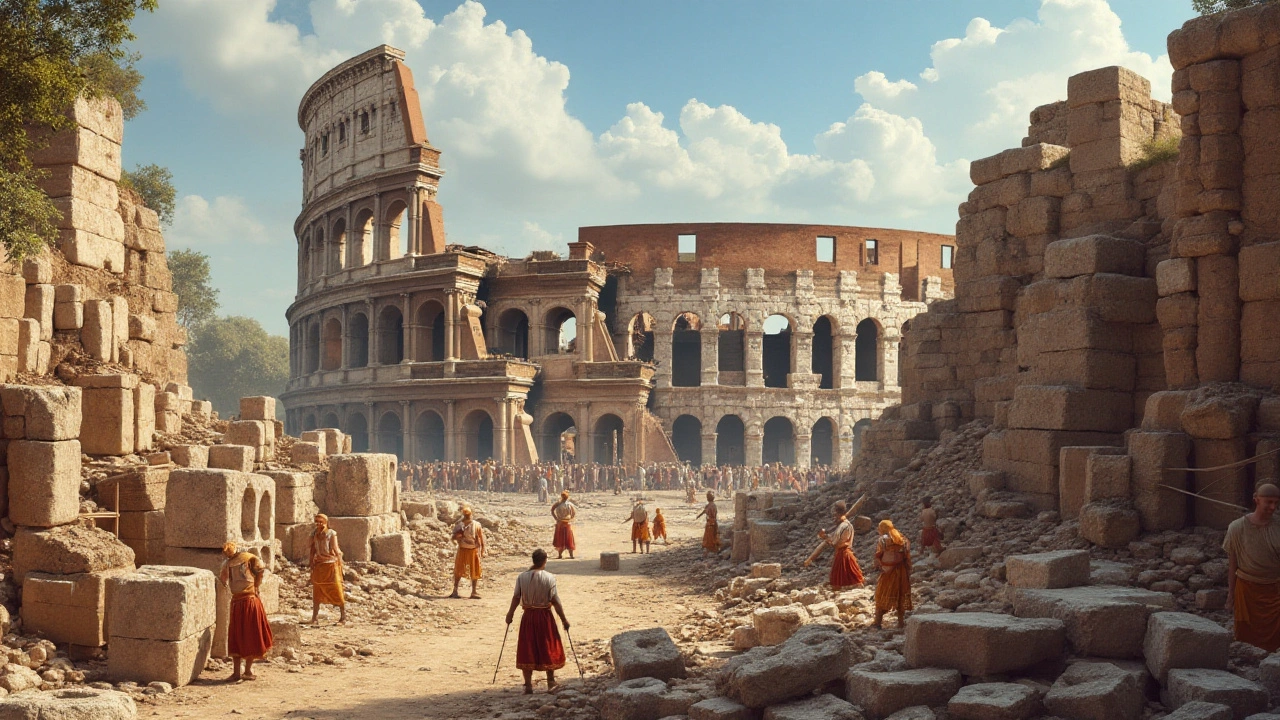Building materials: what to pick, where they work, and how to keep them lasting
Most of the character and life of a building comes down to its materials. Pick the wrong ones and you face constant repairs; pick the right ones and the place ages like a well-made tool. Here’s a clear, practical guide to the common options, where they shine, and how to care for them.
Common materials and where they work
Brick and stone: Tough, low-maintenance, and great for thermal mass. Stone defines Roman and Romanesque buildings; brick is common in Georgian and Beaux‑Arts facades. Bricks resist fire and pests but need good drainage and periodic repointing.
Concrete: Versatile and cheap at scale. Ancient Romans used concrete for arches and vaults, and modern reinforced concrete is the backbone of skyscrapers. Watch for cracks and moisture issues—good detailing and coatings extend its life.
Timber: Warm, renewable, and easy to work with. Craftsman and many colonial homes showcase wood’s character. Use treated or naturally durable species outdoors, and control moisture to avoid rot and insects. Engineered timber (CLT, glulam) is now strong enough for multi‑storey work.
Steel: Strong and predictable. It lets architects make thin profiles and big spans—think modern and postmodern structures. Steel needs corrosion protection and fireproofing, so budget for coatings or encasement.
Glass and glazing: Key for daylight and views, used heavily in Art Nouveau and modern designs. Choose glass for thermal performance (double/triple glazing) and coatings to control solar heat and glare.
How to choose — quick decision checklist
Climate first: Wet climates favor stone, tile roofs, and breathable cladding; hot climates benefit from materials with thermal mass. Budget next: some materials are cheap to buy but expensive to maintain. Think life‑cycle cost, not just sticker price.
Function and style: If you want a Gothic look, choose load‑bearing stone or stone veneer and steep roofs. For minimalist or industrial looks, exposed concrete and steel fit better. Always match material choice to the building’s use and the aesthetic you want.
Sustainability matters: Look for low-embodied-energy options (recycled steel, reclaimed timber, low‑carbon concrete mixes). Certified wood and locally sourced stone cut transport emissions. Insulation and airtight details often have the biggest impact on energy use, more than the cladding alone.
Maintenance tips that save money: keep water away from foundations, maintain roof flashings, repoint masonry every few decades, and repaint or reseal wood on a schedule. Small checks twice a year stop big repairs later.
If you’re renovating, test for hidden issues like rot, salt damage, or old lead paint. When restoring historic styles — Byzantine mosaics, Gothic vaults, or Beaux‑Arts stonework — use compatible materials and reversible fixes so you don’t harm the original fabric.
Want examples? Read our posts on Roman engineering for concrete lessons, Craftsman homes for timber details, and Beaux‑Arts for masonry care. Each style teaches practical tricks you can use when choosing materials for longevity and beauty.

The Marvels of Ancient Roman Architecture: Materials and Methods
Discover the ingenious materials and techniques used by ancient Romans to construct some of the most iconic structures in history. Explore the types of materials they used, their construction methods, and the lasting impact these innovations have had on modern architecture.
Read more